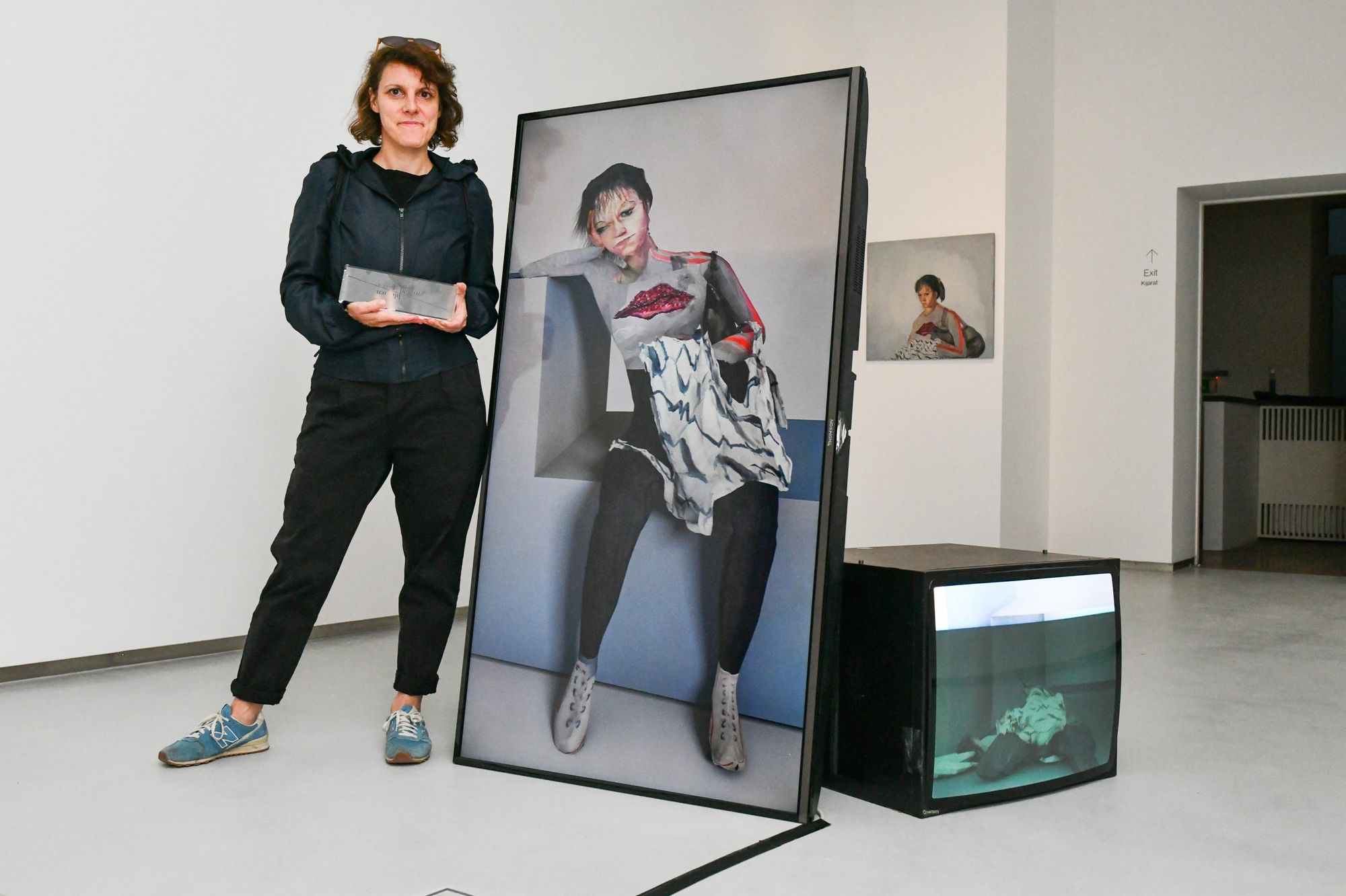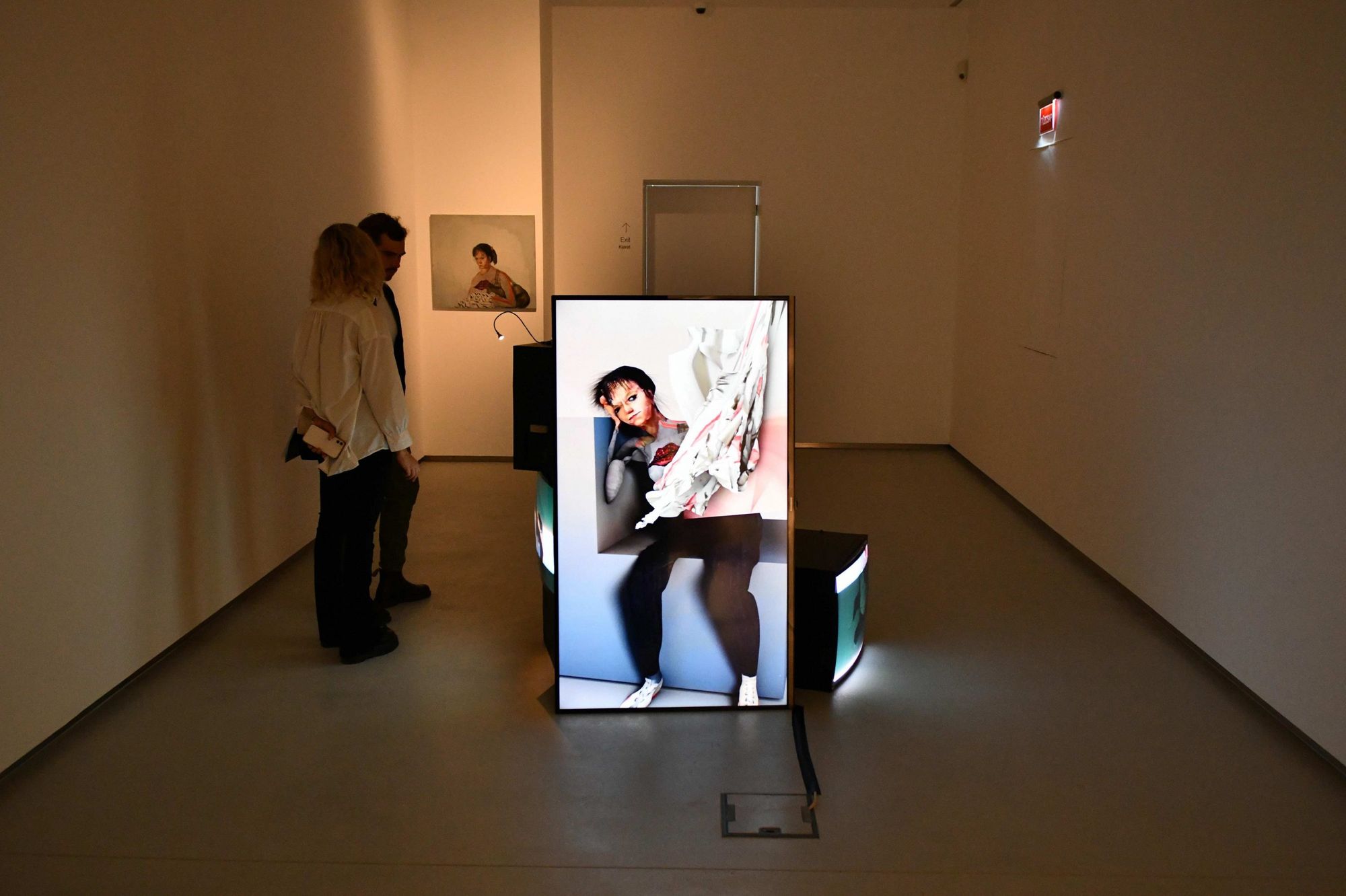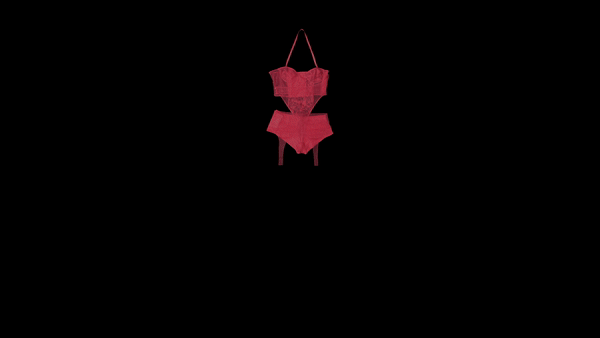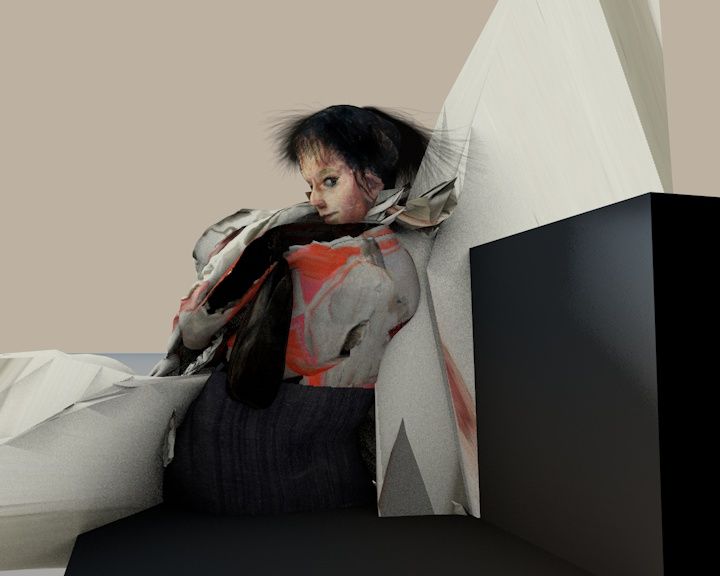The Leopold Bloom Art Award, won this year by Eszter Szabó, was presented at the recently opened Q Contemporary, a private museum founded by Queenie Rosita Law on Andrassy Avenue. The exhibition of the finalists will be on display at Q Contemporary from 21 September to 14 November.
The Leopold Bloom Art Award, which has been awarded every two years since 2011, aims to support Hungarian artists’ international career development and promote closer artistic relations between Hungary and Western European countries. The winner of the €10,000 prize was announced on 18 September at the private museum Q Contemporary, which focuses on Central and Eastern Europe. Founded by Irish art collectors Mary McLoughlin and John Ward, owners of Maurice Ward, the art transport and shipping company, the award received 66 entries this year, from which a three-member jury of international art professionals selected the five finalists and the winner, Eszter Szabó.
The Leopold Bloom Art Award jury is different every time: it is made up of international experts who typically have an insight not only into the art scene of their own country but also into the global scene, but are not connected to the Hungarian art scene. This year’s jury was chaired by Irish arts and culture manager Mary McCarthy, director of the Crawford Art Gallery in Cork, and judged by Dagmara Wyskiel, a Polish artist based in Chile and coordinator of the ISLA Art Residence Centre in Antofagasta, and Slovak historian, curator, and art critic Richard Gregor, director of the Peter Michal Bohúň Gallery in Liptov.

Before the awards ceremony, the jury visited the nominated artists’ studios to get a better understanding of their work. In her speech, the jury’s chairwoman highlighted that Eszter Szabó’s work was fresh, mature, and captivating. Combining new media and animation, she creates new structures that engage the viewer not only on a physical but also on a personal level.
Eszter Szabó draws her inspiration from the social conditions of everyday life: her animated paintings feature tired female figures who are fictional sufferers of everyday reality. She observes, collects, condenses, and processes the “here and now” phenomena. The figures generally do not have the attributes of an idealized “feminine beauty,” nor do they bear the traits of a specific person. Instead, the characters are built up in a mosaic and represent similarity and typicality.
Her animation Princess Beauty, on show at the Leopold Bloom Prize exhibition, is based on her own painting, a contemporary reinterpretation of Lucas Cranach’s 16th-century portrait of Anna Cuspinian. Her work creates a link and a new narrative between classical painting and the contemporary artistic presence, which is exciting because it reminds us that the human condition has remained almost unchanged for centuries.
“I was struck by the boredom, the tiredness, the stooping of Lucas Cranach’s portrait of Anna Cuspinian. I imagine this woman cursing to herself. Of course, while posing for a double portrait as the wife of a very important man, beautifully dressed. The atmosphere seemed so familiar, I was interested to see how this face would be embedded in a contemporary context,” says Eszter Szabó.
The painting was made with oil on wood and on a printed detail of the Cranach painting. Eszter Szabó used the picture as a texture for 3D renderings that mix animated movements with physical simulations. The installation consists of 5 TVs running a series of videos cut together from fragments made using the aforementioned technique. “The sound is reminiscent of Alíz Mosonyi’s fable-poem, in which a princess sits with two tulips in her hands. The tulips whisper all sorts of instructions to teach her obedience and ‘respectable femininity’ until she gets sick and tired of it. In the background, the violently pretty humming of tulips is mingling with the noise of a washing machine,” she adds.
Eszter Szabó will use the €10,000 prize to fund an exhibition and related costs abroad


Eszter Szabó (1979)—the artist with the most nominations in the history of the Leopold Bloom Art Award—graduated from the Hungarian University of Fine Arts in 2006 and completed her postgraduate studies at Le Fresnoy École Internationale des Arts Contemporains in 2016. She has presented herself also in solo and group exhibitions in Paris, New York, Brussels, and several French and German cities.
The works of the five finalists of the Leopold Bloom Art Award—Nikolett Balázs, Roland Farkas, Olga Kocsi, Gábor Koós, Eszter Szabó—can be seen at Q Contemporary on Andrássy Avenue between 21 September and 14 November 2021.
Leopold Bloom | Web | Facebook | Instagram
Szabó Eszter | Web | Instagram

Beyond stereotypes: a lingerie that is accessible

HIGHLIGHTS | Small in size but big in power—the reason we love animation










